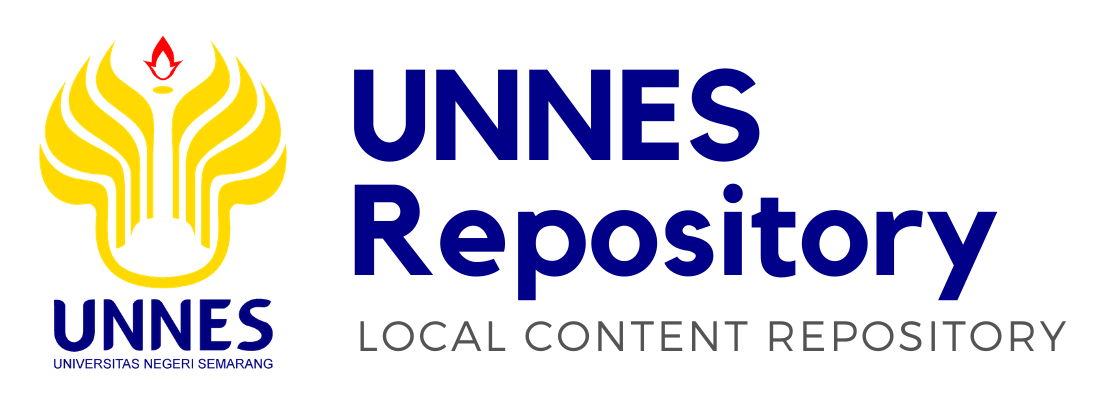Chronic Hepatotoxicity Test of Cassava Leaves Extract (Manihot utilissima Pohl.) on Wistar Rat (Rattus norvegicus L.)
Nugrahaningsih, WH Chronic Hepatotoxicity Test of Cassava Leaves Extract (Manihot utilissima Pohl.) on Wistar Rat (Rattus norvegicus L.). Fakultas Matematika dan Ilmu Pengetahuan Alam.
|
PDF
Download (156kB) |
|
|
PDF (Korespondensi)
Download (1MB) |
Abstract
Cassava leaves have a huge potential to be developed as phytopharmaca for orthostatic hypotension. Cassava leaves contain minerals as the agent of anti-hypotension. The safety of long-term consumption of cassava leaves remains unidentified scientifically therefore it is necessary to test its’ in -vivo chronic toxicity. The test focused on the liver (hepatotoxicity) because the liver is the first organ exposed to xenobiotics that enter the body. This research is an experimental research with time-series design. This study used 36 Wistar rats divided into four treatment groups with various doses of cassava leaves extract given at 0, 80, 400, and 2000 mg/kg for 90 days. The hepatotoxicity parameters are the value of SGOT, SGPT, as well as body weight measurement that observed every 30 days. Clinical toxicity symptoms were observed daily during the treatment. At the end of the study, liver organ was taken to observe the morphology and to measure the relative weight of liver. This research procedure included the extraction of cassava leaves using maceration method, treatment by giving the cassava leaves extract orally, and measure the value of SGOT and SGPT using spectrophotometric methods. The research data was analyzed using linear regression and one way ANOVA. The cassava leaves extract that given to the Wistar Rat for 90 days gave a significant effect on the value of SGOT after 60 days. The value of SGPT, weight, as well as relative weight of the liver haven’t significantly affected by the cassava leaves extract. Clinical toxic symptoms were experienced by group with dose of 400 mg/kg in the form of nose and mouth bleeding on day 14 and stopped on day 32, and it experienced by group with dose of 2000 mg / kg in the form of severe bleeding in the nose and mouth on day 12 and continues to cause infection. Mortality cases were experienced by group with dose of 2000 mg/kg on day 27 and 41
| Item Type: | Article |
|---|---|
| Subjects: | Q Science > Q Science (General) |
| Fakultas: | Fakultas Matematika dan Ilmu Pengetahuan Alam > Biologi, S1 |
| Depositing User: | dina nurcahyani perpus |
| Date Deposited: | 16 Jan 2023 05:32 |
| Last Modified: | 16 Jan 2023 05:32 |
| URI: | http://lib.unnes.ac.id/id/eprint/55157 |
Actions (login required)
 |
View Item |
